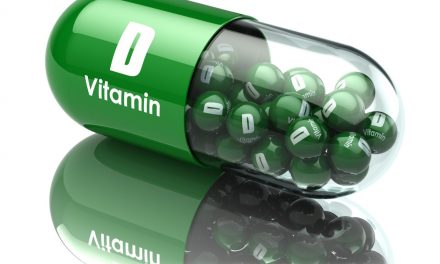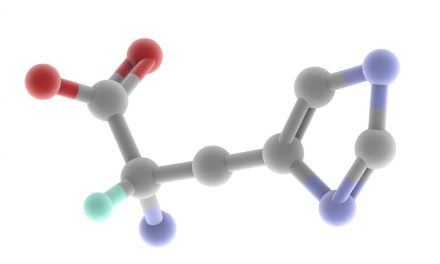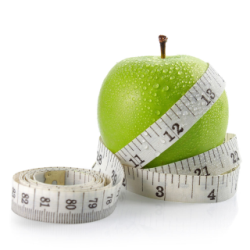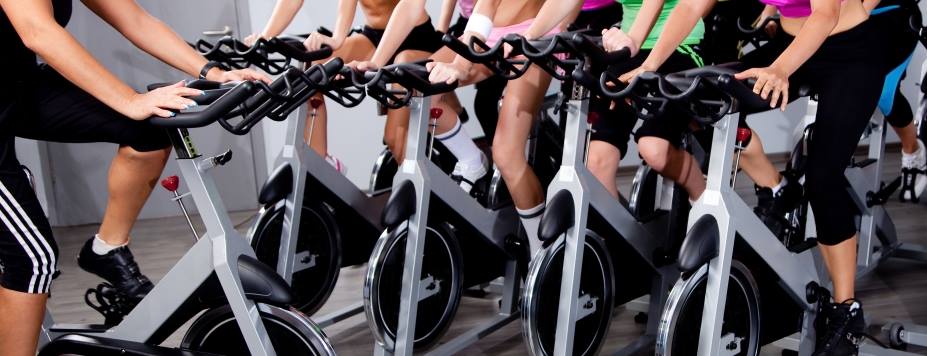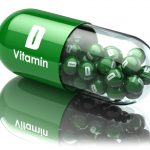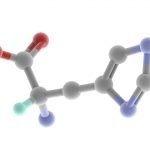During a vigorous physical activity and a regular sporting activities, the proportion of water that is lost can reach relevant values and compromise both the sporting result as the state of health of the athlete.
The practice of sport, in fact, is characterized mainly by a more or less significant increase in the production of energy by the muscle cells involved in the technical movements of the specific sport.
Consequently, and in step with the increase of the use of ATP (Adenosine triphosphate), occurs an increase of the amount of heat produced, which in turn is responsible for higher body temperature typical of sports practice, as well as any other activities physics that requires a certain muscular effort. The increase in internal body temperature which is determined during sports activities is a potential risk factor for the health of athletes, as well as a negative factor for athletic performance.
Therefore, the human body when it is subjected to a physical effort, the more so if done in conditions of temperature and high humidity environment, but also in case of cold temperatures, must necessarily activate those mechanisms (thermo-regulation) able to induce an adequate reduction body temperature (heat dispersion) and vice versa. The most effective mechanism in this sense is certainly the evaporation of sweat that, during muscle work, is produced in a more efficient way in order to safeguard the integrity of the organism and to ensure maximum capacity of athletic performance. In fact, each gram or milliliter of water that evaporates involves the dispersion 0.58 Kcal; however, in this regard, it is good to remember that sweat does not determine energy expenditure (does not lose weight) and that only the water actually evaporated produces a reduction of the temperature body. Conversely, the water (sweat) that remains in the removed garments, or drips, or is removed mechanically from the skin surface, for example with the towels, does not produce favorable effects on thermal dispersion, but on the contrary leads to a further loss of water can aggravate dehydration of the organism.
Sweat is a biological fluid consisting predominantly of water, with small amounts of mineral salts, such as chlorine, magnesium, potassium, and also of iron and calcium .
TBW (total body water)
A shortage of water is poorly tolerated organism and the ability of athletic performance is reduced to the degree of dehydration of the body: a loss of 2% of the volume of TBW (total body water) alters the thermoregulation and adversely affects the efficiency and on the physical capabilities of the subject, while a 5% loss involves the risk of cramps and is able to determine a reduction of 30 % of the sport performance. More water losses affect the homeostasis of the organism and are particularly dangerous to become even life-threatening (hyperthermia and heat stroke) .
It is clear, therefore, that the main integration the athletes need is water, this is as true for professional athletes as for those of lower technical level.
*****
